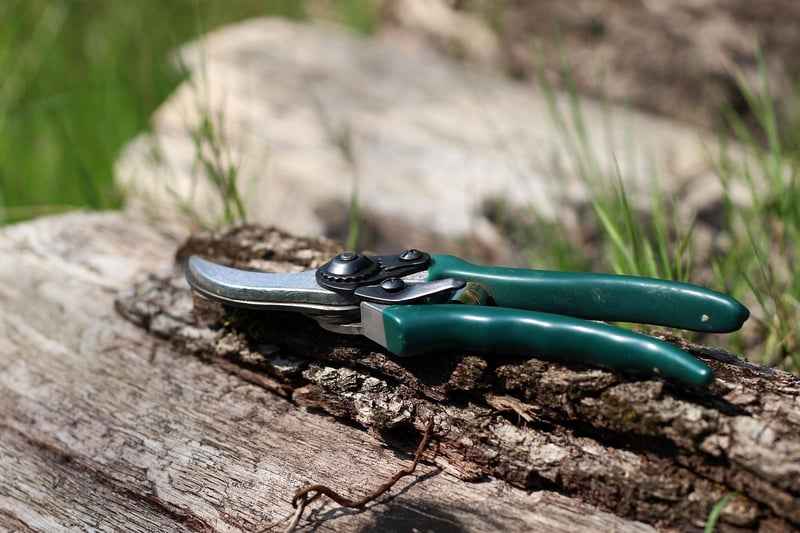Pruning Guidelines
How to Care for Vertical Gardens + Pruning Guidelines
Caring for Vertical Gardens
Vertical gardens are a beautiful way to add greenery to limited spaces. To ensure your vertical garden thrives, follow these care tips:
1. Watering
Check the moisture levels of your vertical garden regularly. Water when the top layer of soil feels dry to the touch, but be careful not to overwater as it can lead to root rot.
2. Light
Place your vertical garden in a location that receives adequate sunlight based on the plants' requirements. Monitor the light conditions to ensure your plants are thriving.
3. Fertilizing
Use a balanced liquid fertilizer to feed your vertical garden every few weeks during the growing season. Follow the instructions on the fertilizer packaging for the correct dosage.
4. Soil Maintenance
Periodically check the soil in your vertical garden to ensure it remains loose and well-draining. Consider adding organic matter to improve soil quality if needed.
Pruning Guidelines for Vertical Gardens
Pruning is essential for maintaining the health and appearance of your vertical garden. Follow these guidelines to prune effectively:
1. Regular Inspections
Inspect your vertical garden regularly for any dead, damaged, or overgrown foliage that needs pruning. Remove any unhealthy plant parts to promote growth.
2. Pruning Techniques
Use clean, sharp pruning shears to make precise cuts. Trim back overgrown branches and stems to encourage new growth and maintain the shape of your vertical garden.
3. Timing
Prune your vertical garden plants at the appropriate time based on their specific growth patterns. Some plants may require pruning after flowering, while others benefit from regular trimming.
4. Disposal
Dispose of the pruned plant material properly to prevent the spread of diseases. Consider composting or disposing of the waste in designated green waste bins.
By following these care tips and pruning guidelines, you can enjoy a thriving and visually appealing vertical garden in your space.


